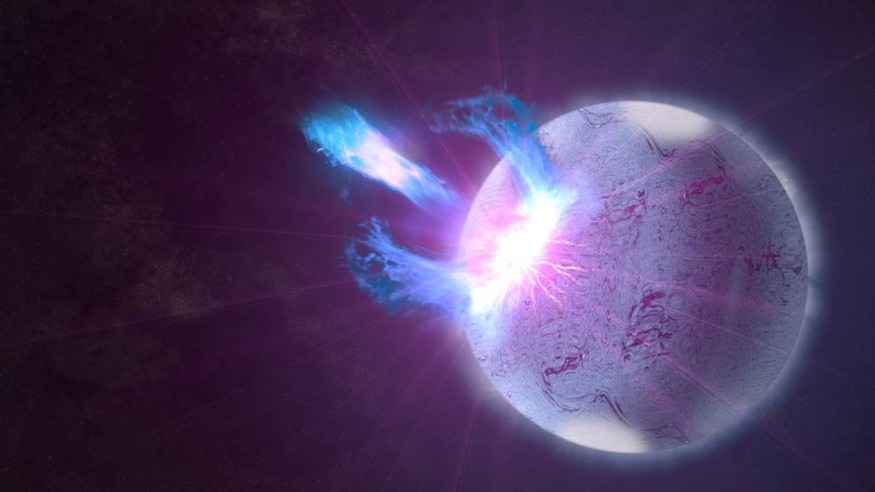Starquakes are cosmic activities occurring in stellar bodies, particularly neutron stars, that abruptly change their composition and structure. In a new European Space Agency (ESA) observation, astronomers identified one of these unique quakes through the Gaia mission.
What is Starquake?

The Gaia galaxy-mapping project of ESA recently found a rare starquake outside space. The phenomenon was recorded through a ripple from a stellar body that emitted a movement on its surface, similar to how tsunamis work.
The detected starquake is one of the many shiftings that could alter the internal and external sculpture of a star.
The ESA Gaia team presented the recording through a video. In the clip, the waves coming from the sounds emitted by stars could be heard. However, the audio was already processed in a series of modifications for the human ear to recognize the sounds.
The major step that experts utilized to reconstruct the waves is sonification, which translates the data from the star's activity to sounds audible to us, Space reports.
Catholic University of Leuven's astronomy specialist and lead of the project, Conny Aerts, explained in a press conference by ESA that the human ear could not comprehend the true frequencies relayed by the oscillation of waves from the starquakes, but their team managed to multiply the recorded data to a large factor of 8.6 million to obtain an audio that our hearing senses would recognize.
Gaia and Other Missions to Study Stars and Their Vibrations
The starquake sonification was part of the large data archive that the space agency's Gaia mission collected. This widescale operation is dedicated to studying and categorizing two billion stars of the Milky Way, their distances from our planet, the exact location they are hovering at, and the natural trajectories they are pointed to, Daily Mail reports
The Gaia mission also collects information on the brightness emitted by the stellar bodies. Through the measurements gathered from this subject, experts identified certain starquakes.
Aerts said that the vibrations shown by the waves are responsible for the displacement of gas compounds off a stellar body and the scale of brightness they emit. Basically, the vibrations play a part in why stars blink in the night sky.
The Gaia mission was able to determine the expansion and shrinkage of stars. However, the starquake measurements are more challenging to collect than other data in their previous observations, ESA experts said.
Starquakes materialize through the giant waves that occur right at the body's surface and could make the entire surface displaced even if the star rotates.
Aerts said that blinking stars provide more details to improve our understanding of their chemical and physical features. Like earthquakes on our planet, starquakes give scenarios on what transpires inside them, the expert continued.
Instead of cracking stars wide open, the measurements recorded from the Gaia mission will be utilized to fill up missing data with the help of space telescopes and ground-based observatories in the future. Upcoming studies on starquakes will involve ESA's PLATO mission and NASA's TESS mission.
RELATED ARTICLE : Remnants of Catastrophic Collision That Gave Birth to Andromeda Compiled to Discover the Origin of the Galaxy
Check out more news and information on Space in Science Times.
© 2025 ScienceTimes.com All rights reserved. Do not reproduce without permission. The window to the world of Science Times.











